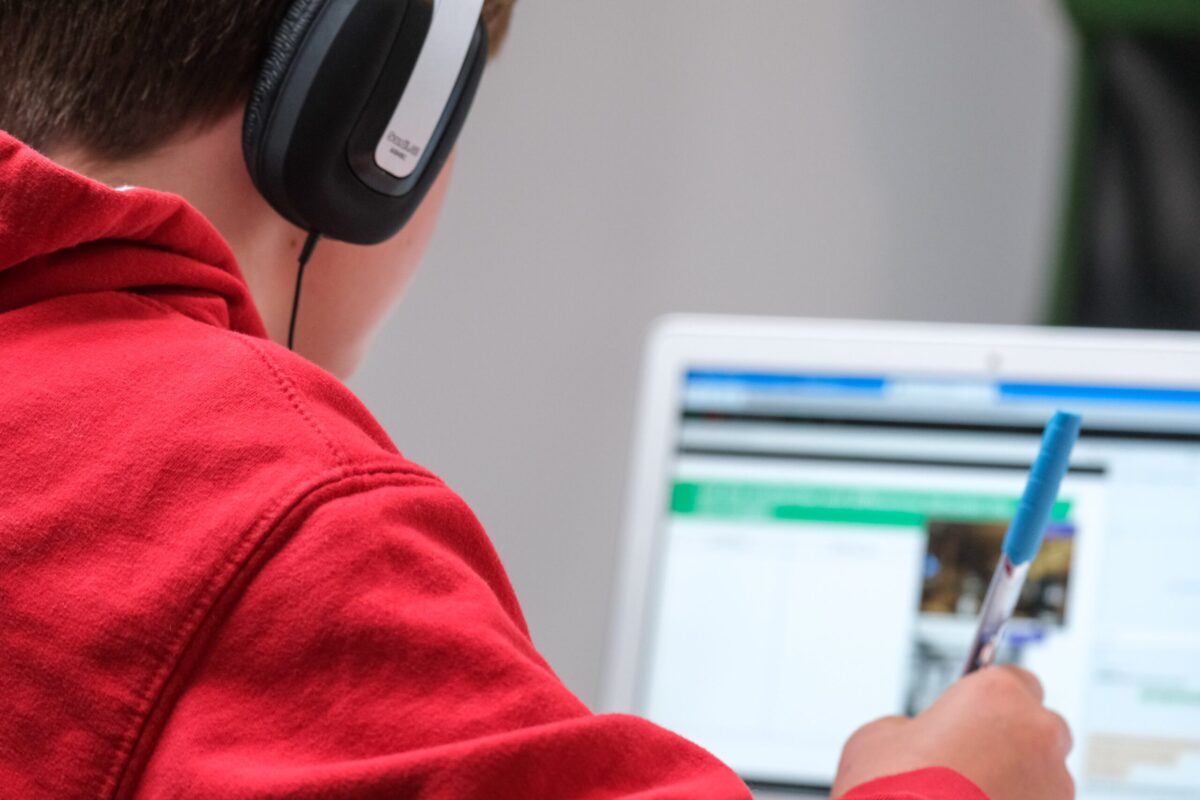Expat Education: 6 Strategies for Successful Distance Learning

Distance learning has for long enabled educators to reach students from far and wide. Today, it has proved to be an invaluable resource for educational institutions especially during the pandemic for both students and teachers. Moreover, distance learning comes with some positives, which is why it is a trend that is bound to continue gaining momentum.
The most notable ones include allowing teachers to go beyond the textbook with various online resources, which improves efficiency in their teaching. In addition, distance learning accommodates different learning styles. Because of all these benefits, distance learning is also a beneficial factor for expats as well, for expat teachers and/or expat students as well.
However, distance learning presents its own set of challenges. Without proper strategies, effective teaching and learning can be difficult. That being said, here are 6 strategies that can drive success in distance learning for expats.
-
Make use of tech tools
Distance learning is all about using technology. Teachers and students require tech tools that support video, audio and text for learning to happen. In addition, communication and collaboration tools are crucial in enabling effective communication between expat teachers and students. It is also important to have file-sharing software to enable sharing files to your students. But, it is important to keep in mind the security of the files that you send.
For this reason, consider a platform that guarantees secure file sharing. Your institution if you work for any, may have its preferred tools, but you are the one who knows your class better. You can choose tools that work better for you and your students that you can use in addition to the school preferred tools to make learning more effective.
-
Keep it simple
When students are accessing lessons from a remote location, it is important to keep things as simple as possible. For instance, using an online program where students have to go several steps before logging in can be complicated to some expat students. Instead of using such a program to assign work, you can opt to use simple tools such as video to explain what needs to be done and then post it in the class group in Whatsapp, Skype or email. The students can then do simple things such as taking a picture of the completed work and posting it on the same platform. They can also take a video solving the problems, which enhances deeper understanding. With such a strategy in place, the teacher can reach more students including those without access to a computer and those with poor internet connection.
-
Allow some flexibility
Flexibility in distance learning could mean two things. One, allowing students to choose how they submit assignments. For instance, students who find it better to record a video showing their understanding should be allowed to do so. Others may opt to use tools such as Google Docs to write down the work. Others may choose to do it offline and then take a picture.
Allowing expat students to have this flexibility increases the odds of more students completing the assignment. The other way that flexibility can play out in distance learning is the flexibility of time. Rather than having a fixed time where all students sign in, you can make videos or audios that students can access when they get time to study. This ensures that students study at their convenient time, or when they feel optimally productive.
-
Focus on clarity
Instructions are easier to understand in a physical classroom. Expat teachers and students can go back and forth verbally until everyone is on the same page. But, when it comes to remote learning, that is not possible. Thus, it is critical for instructions to be very clear and easy to understand. Videos are a great way to give instructions as students can replay as many times as they want. If you must give written instructions, make use of charts and bullet points to make them readable and easy to digest.
-
Ask for students’ feedback
When it comes to distance learning, what the students are saying is very important. Remember that you have very little control over students’ attendance. You risk affecting it negatively if you don’t consider the preferences of the students. Before enforcing a new tool or way of submitting work, you can involve your students in a poll to find out what they think about it. Let them experiment and give feedback on their experience.
-
Be there
Even with clear instructions, some students will still need you to be readily available whenever they need you. Let your students have a phone number that they can reach you with. You can also let them know the time that they can find you online. Alternatively, they can leave a message and you can reply to them as soon as you log in. When your students know that they can find you at any given time, their level of engagement is enhanced.
Conclusion
Most students choose to study remotely for the convenience that it brings. Students who are working can enjoy the flexibility of not taking time out to study. That is why it is very important to offer them a positive experience and easy ways to follow lessons with in-depth understanding of what is being taught. The above strategies are a good start in achieving success for expat distance learning